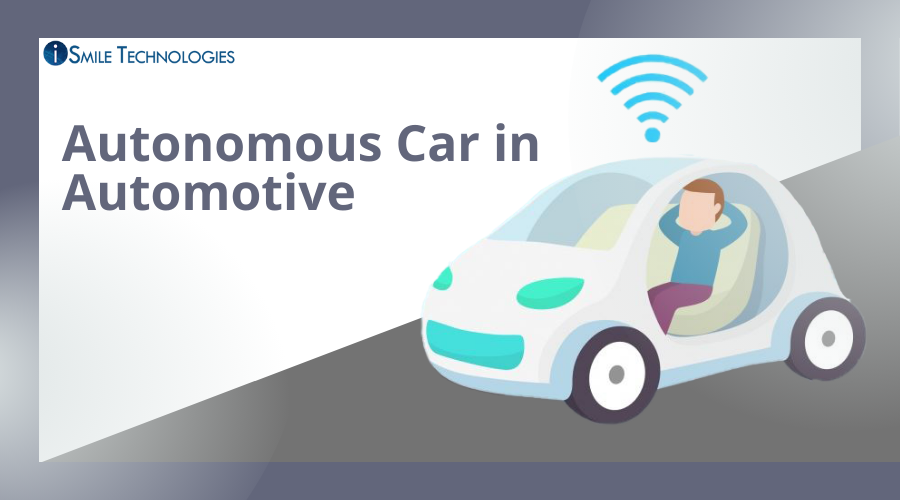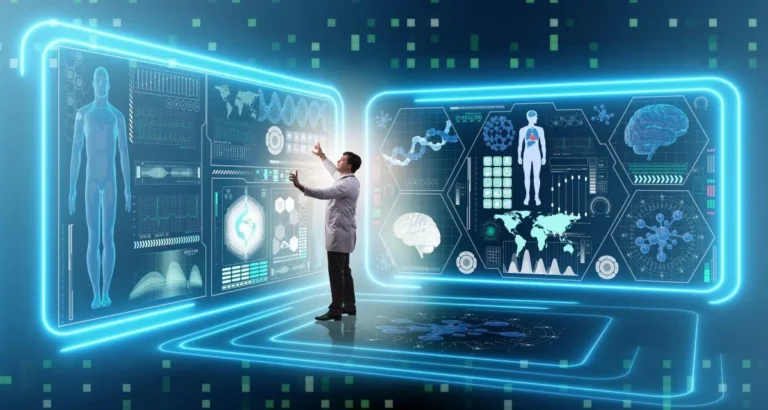As humanity moves towards the modern era, technology provides comfort and ease daily life tasks. The autonomous vehicle provides sheer comfort to the driver and passenger by reducing the efforts required for driving a vehicle.
An Autonomous vehicle is capable of performing driving operations without human involvement. It works on the application of Artificial Intelligence and Machine Learning. Depending upon the level of Autonomy, the vehicle can run without the driver’s involvement at any point of time during the ride.
Soul and body of an autonomous vehicle:
An autonomous vehicle is the integration of software and hardware. High processing hardware requires for running software, which has a high cost. For this reason, autonomous vehicles are costlier as compared to conventional vehicles. A master ECU is the heart of an autonomous vehicle as it completes the major tasks required for operating the vehicle. Here are some software used by Autonomous vehicle giants:
- Tesla Motors: Electric Vehicle Maker.
- Uber: Self-driving long haul and commercial technology.
- Waymo team: Pioneer of autonomous driving.
- Cruise Automation: Autonomous driving technology.
Process:
The working of an Autonomous Vehicle depends on the sensors, actuators, complex algorithms, machine learning systems and powerful processors. An AV uses sensors, the camera’s situated at different parts of the vehicle to create a virtual environment. Radar sensors calculates the position of nearby objects and vehicles. Videos camera’s looks for traffic lights, road signals, pedestrians, etc. LIDAR sensors measure distances, detect road edges and lanes using bounce pulses. Ultrasonic sensors in the wheel detect curbs and other vehicles. A software that takes all this data and process it using fast processors. Then it sends output to actuators, and actuators provide vital forces to the motor to perform the tasks.

Levels of Driving Automation: according to SAE (Society of Automobile Engineer’s), autonomous vehicle’s are categorized into six parts depending on their ability to reduce driver’s efforts:
- No Automation: Here, the vehicle does not have any automation; drivers make all the efforts to drive the vehicle.
- Level 1: Here, the Advanced Driving Assistance System of the vehicle is capable of reducing the driver’s efforts by controlling the steering, braking or accelerating.
- Level 2: Here, the ADA’s can take control of steering, braking or acceleration at the same time, but human interaction is required.
- Level 3: Here, the ADA’s can perform all the tasks, but a human driver is required depending upon the conditions.
- Level 4: In this, ADA’s can perform all the tasks in average condition, but in some emergency conditions, human interaction. For example: during rain.
- Level 5: Here, no human involvement is required. ADA’s can perform all the tasks. It uses all the advanced technologies to perform the tasks.
Conclusion
Autonomous vehicles are the future of mobility. It helps to minimize the accidents and deaths during a road accident. It also helps to make driving possible for disabled people. These vehicles use advanced neural networks to perform the driving tasks. They use the application of coding and mechanics at the same time.
If you need further assistance regarding autonomous vehicles kindly contact us at: https://ismiletechnologies.com/request-a-consultation/.








